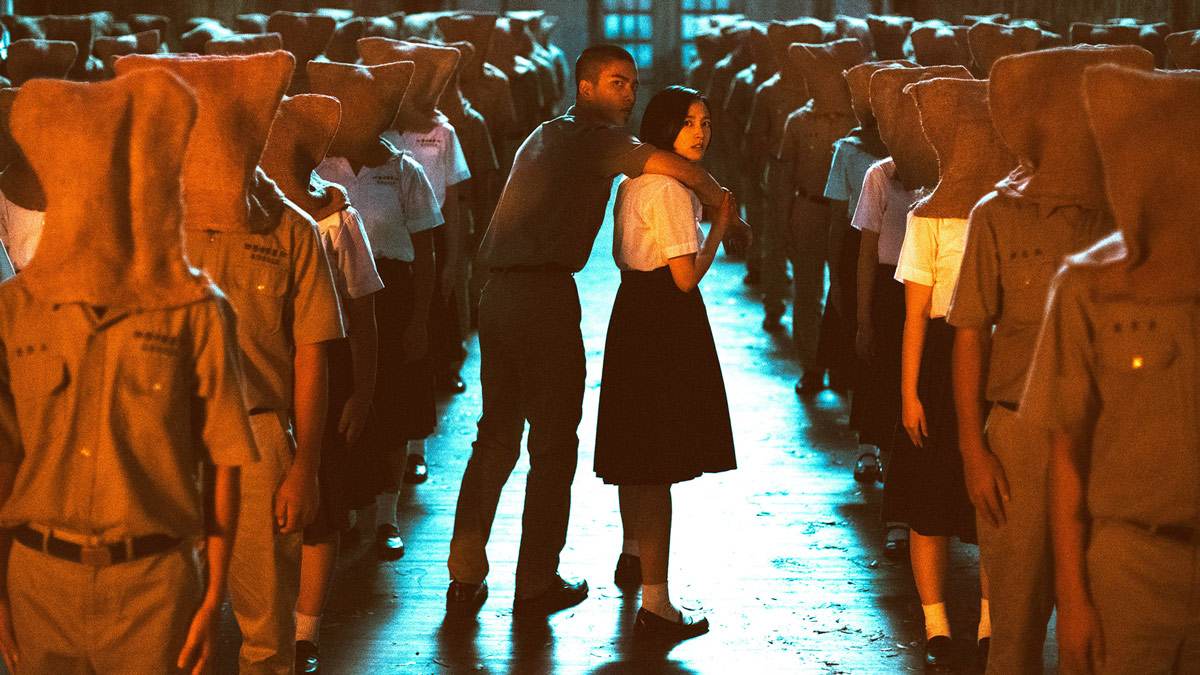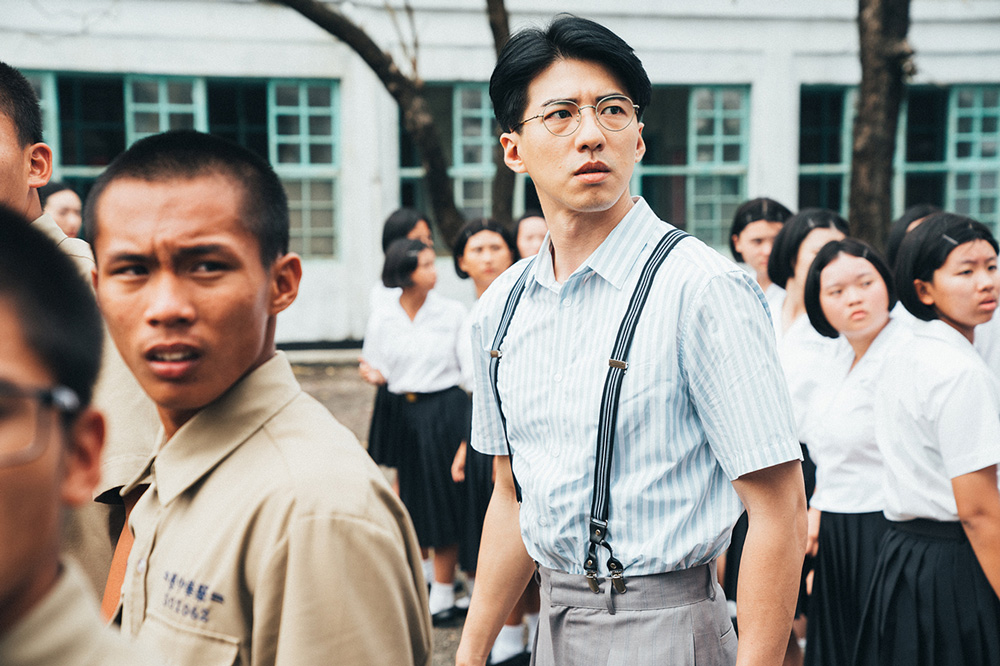
ⓒ 1 Production Film Co. ALL RIGHTS RESERVED.
“Detention” Condenses the essence of The Game, and the possibility of adaptation beyond media
2021.07.31
What is the dark side of Taiwanese history, the “white terror era”?
First of all, why did The Game``Return to School -Detention-'' receive such high praise? This is because the story is set in a school and depicts Taiwan's history, a particularly sensitive dark side of history. The weight of history weighs on Fan Leixin's story. Let's first understand the background.
Originally, Taiwan is a place with a historically complex identity. After the Sino-Japanese War, it was a Japanese colony, but when the Japanese army surrendered in World War II, people from mainland China (called ``foreigners'' in Taiwan) came to Taiwan, and the Chinese Nationalist Party led by Chiang Kai-shek came to power. I held it. However, it is no wonder that people who had lived in Taiwan before that time ("main province people") were confused. This is because the Kuomintang dismissed the fact that the people of this province had received Japanese thought and education as ``slavery'' and called for the abolition of the Japanese language, forcing them to use Chinese, and even wiping out Japanese culture. be. However, after a long period of colonial rule, it was difficult for the people of this province to abandon Japanese culture, both realistically and emotionally. Furthermore, as foreign ministers occupied key positions in the government, political corruption rapidly increased, and common people faced economic hardship.

“Detention”ⓒ 1 Production Film Co. ALL RIGHTS RESERVED.
The incident occurred on February 27, 1947, as the conflict between those from the Ministry of Home Affairs and those from the Foreign Ministry deepened. A woman selling illegal cigarettes was assaulted by law enforcement officers, and when the public protested, the enforcement officers opened fire. One of the pedestrians was struck by a bullet and died. Citizens demanded that the police hand over the inspectors, but no appropriate response was taken, and large-scale demonstrations began the following day, the 28th. However, the people's demands were not granted, and soldiers opened fire on a large number of demonstrators, resulting in many casualties. As a result of this, violent riots quickly spread throughout Taiwan, with local residents turning into rioters and attacking foreign residents. In response, the government, under the guise of ``restoring public order,'' began to suppress the outbreak by capturing and killing people, almost in retaliation. The government's view was that behind the February 28 Incident was instigation by the Communist Party.
In 1949, two years after the incident, the Kuomintang government imposed martial law. Under a strong control system, the government repeatedly carried out horrific political repression in order to eliminate Communist Party spies from the people entering Taiwan. From 1949 to 1960, the government arrested approximately 10,000 people (more than 9,000 of them were believed to have been falsely accused) and executed approximately 2,000 of them. As a storm of fabricated purges raged on, the people were forced to monitor and accuse each other. Those who are arrested are subjected to horrific torture, and the pain is such that they not only admit their innocence, but also surrender their innocent friends and strangers to the government. This "era of white terror" lasted until 1987, when martial law, said to be the longest in history, was lifted.

